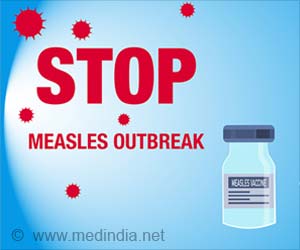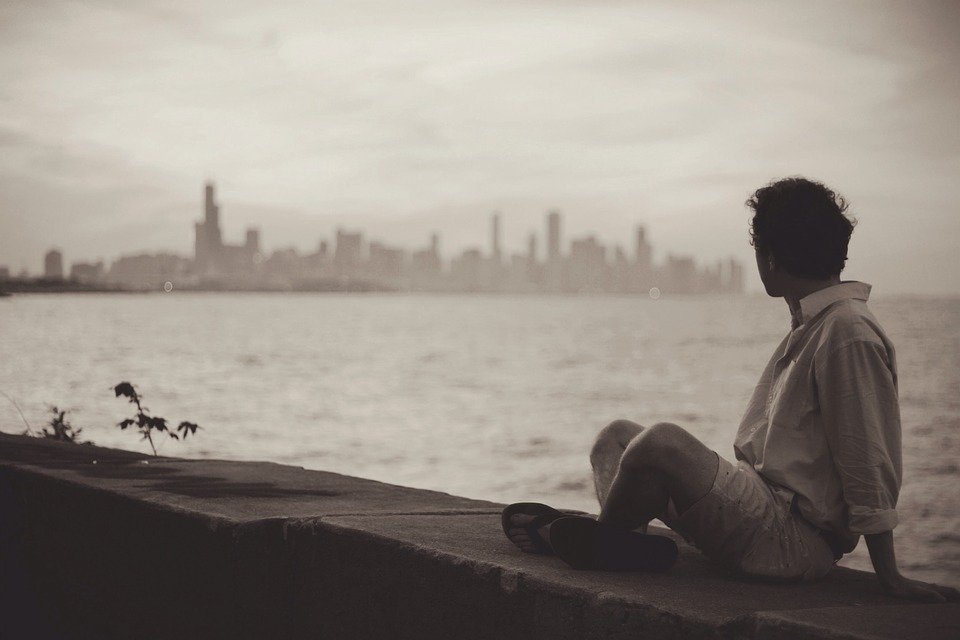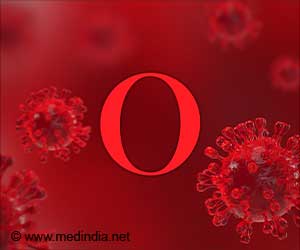The study also showed that 20% of kids had the illness before the recommended immunization age.
Measles Outbreak in India
Measles is a highly contagious illness that has a high death rate. According to Sane’s research, 1,57,700 people worldwide died from measles-related causes in 2012. More than one-third of the estimated cases were caused by India. Measles outbreaks are still happening all over India, but they are rarely reported. In Thane, Maharashtra, in the years 2012-2013, there was such an outbreak. And the most recent was when, according to the city’s health department and the BMC, Mumbai reported more than 500 cases of measles up until November 26 of 2022 and eight deaths that were possibly related to it.
Advertisement
According to the state health authority, 26 locations in Maharashtra had reported the measles outbreak, including 14 in Mumbai, seven in Bhiwandi (Thane district), and five in Malegaon town (Nashik district). The measles spread to eight municipal wards in Mumbai, with five outbreaks discovered in the M-East ward and three in the L ward. Eight suspected measles patients passed away. “Out of these, only one child had taken one dose of measles vaccine, while the rest were unvaccinated,” said the health department bulletin.
Measles Vaccination in Children
The importance of immunizing children between the ages of nine months and five years is being highlighted. According to experts, many youngsters may have missed out on the measles vaccine due to two years of the COVID-19 pandemic.
According to the BMC’s health bulletin, Maharashtra had 92 instances of the measles virus outbreak in 2021 compared to 193 in 2020. Dr. Suresh Birajdar, a neonatologist and pediatrician from Mumbai’s Motherhood hospital, explained that immunizations typically shield kids from the measles, which can otherwise worsen and weaken immunity.
Measles Vaccinaton in India
To lower the number of measles-related deaths, India’s national immunization program included one dose of the measles vaccine in routine vaccinations over a large portion of the nation in the 1990s. The World Health Organization did advise adding a second dose of the measles vaccination, but it was one of the last to do so. The Indian government declared in 2008 that starting in 2010, children would receive a second dose of the measles vaccine as part of their regular vaccination program.
But according to studies done before COVID-19, even among the immunized, a large number of illnesses were observed. “Vaccination helps to a large extent by keeping the child infection free. It is our shield from the virus. During covid, this shield was not put to use for some time,” said Dr Birajdar.
A case-based measles surveillance system was implemented in the Pune district from November 2009 to December 2011, and according to a report by Anindya Sekhar Bose of the World Health Organization in New Delhi, 76% of the 1,011 suspected measles cases reported to the surveillance system were confirmed cases. 95% of confirmed measles cases involved people under the age of 15 and 39% of the confirmed cases of measles had received one dose of the vaccine (MCV1). Monitoring revealed a high measles incidence and frequent outbreaks in Pune, where MCV1 coverage in infants was above 90%.
Results show that even high coverage with a single dose of the measles vaccination was not enough to protect the population and stop measles outbreaks, according to Bose’s paper.
What is Measles
Measles is an acute viral respiratory infection characterized by a temperature of up to 105°F, cough, conjunctivitis, rashes, and lowered immunity. The rash often starts on the face and upper neck and slowly extends downwards, 14 days following exposure.
Source: Medindia



